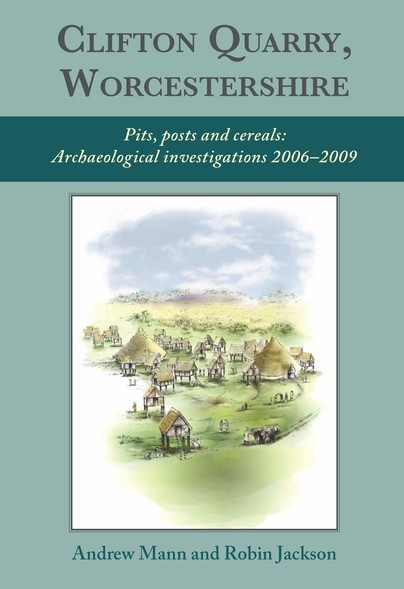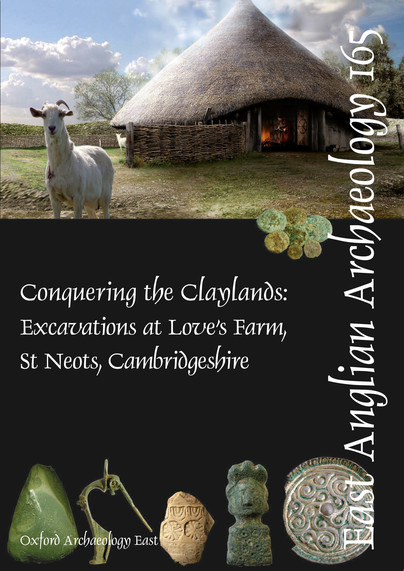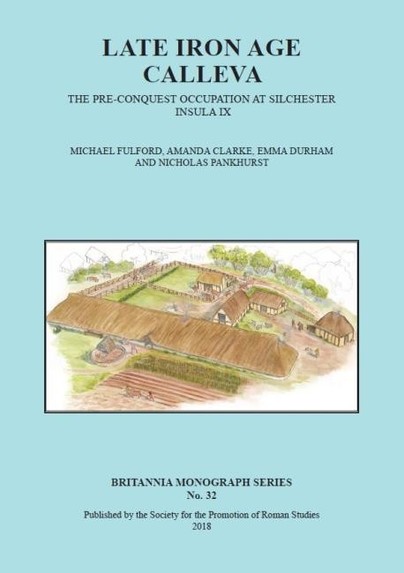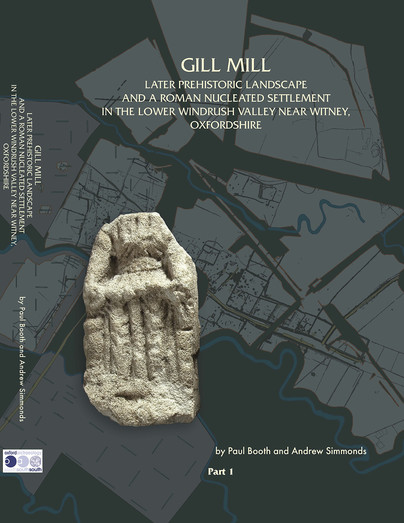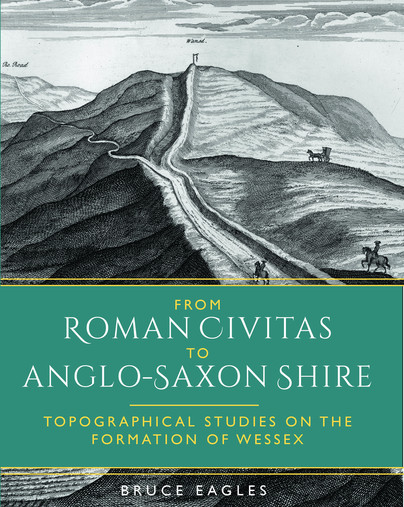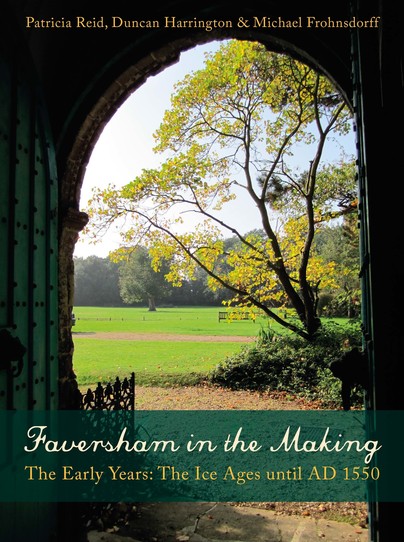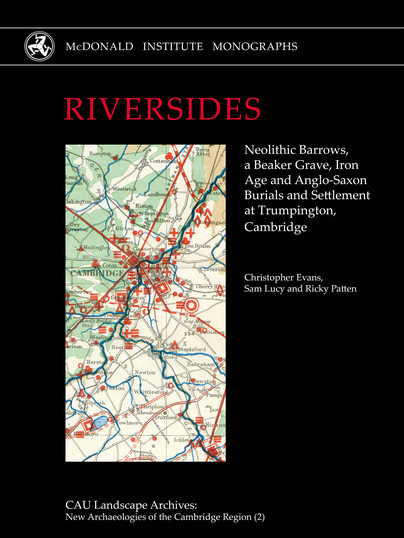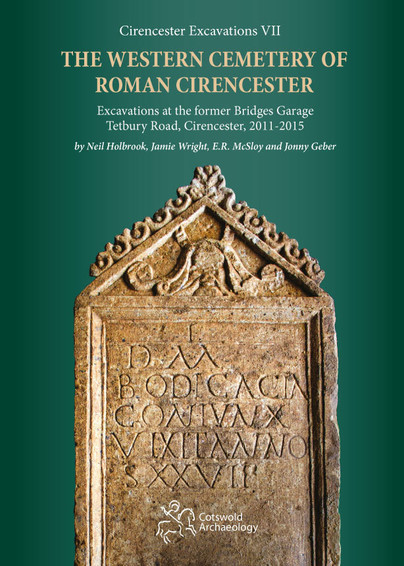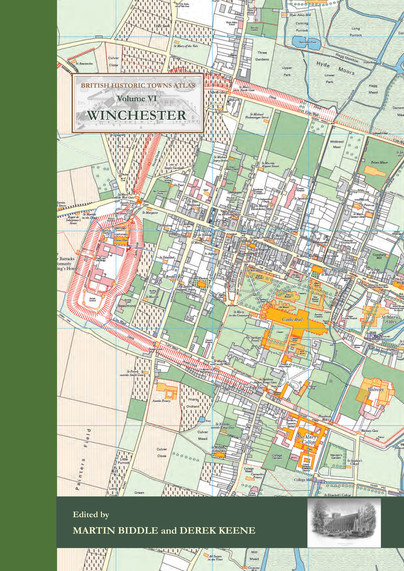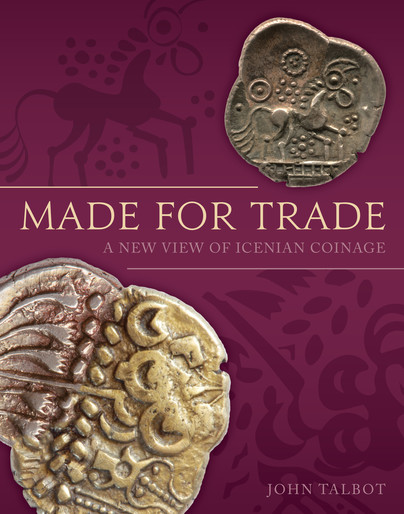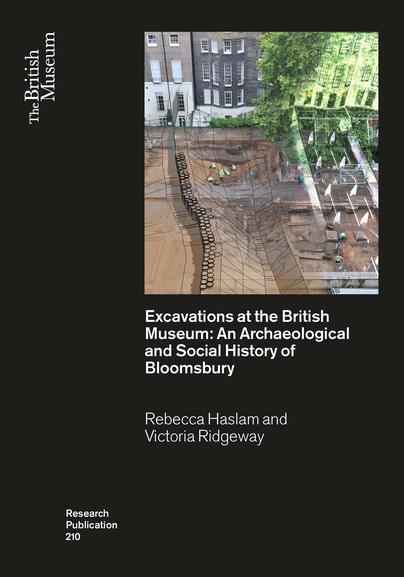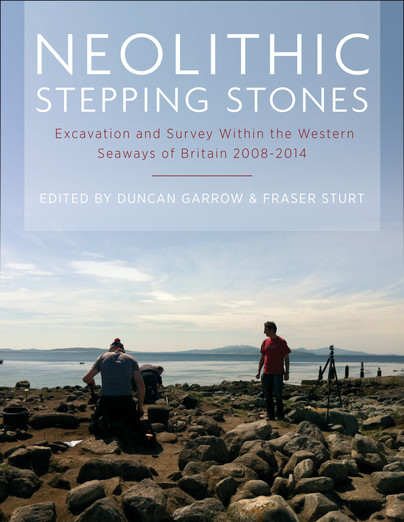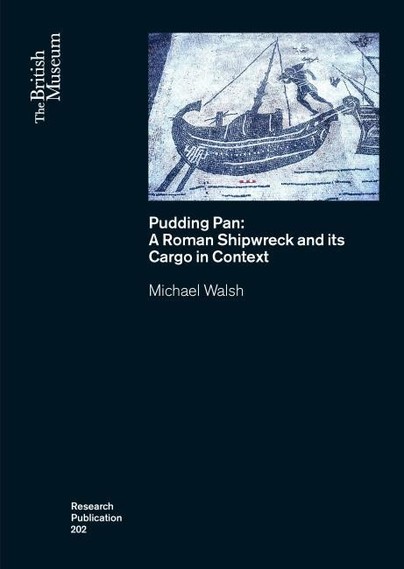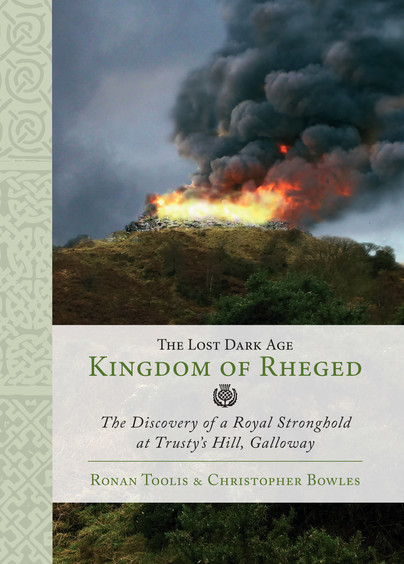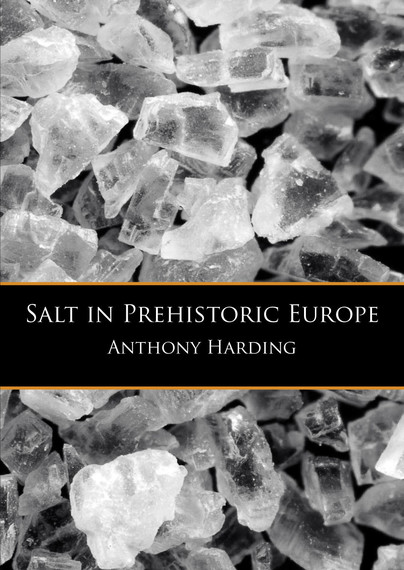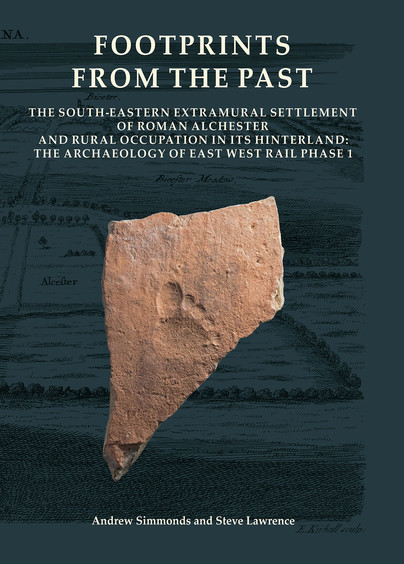
Format: Hardback
Pages: 298
ISBN: 9780904220827
Pub Date: 25 Sep 2018
Imprint: Oxford Archaeology
Series: Oxford Archaeology Monograph
Illustrations: 72 tables
Description:
Excavations by Oxford Archaeology in advance of a programme of improvements to the railway between Bicester and Oxford investigated part of the south-eastern extramural settlement associated with the Roman fortress and subsequent town at Alchester, Oxfordshire, as well as rural settlements in its rural hinterland. The investigations at Alchester extended across two successive routes south to Dorchester-on-Thames, the earlier of which by-passed the eastern side of Otmoor and was superseded by a more direct route across the moor at the end of the 1st century AD. Settlement beside the earlier road may have been a successor to a pre-Roman settlement and appears from artefactual evidence to have been of quite high status during the initial, military phase, although no contemporary structural evidence was found.

